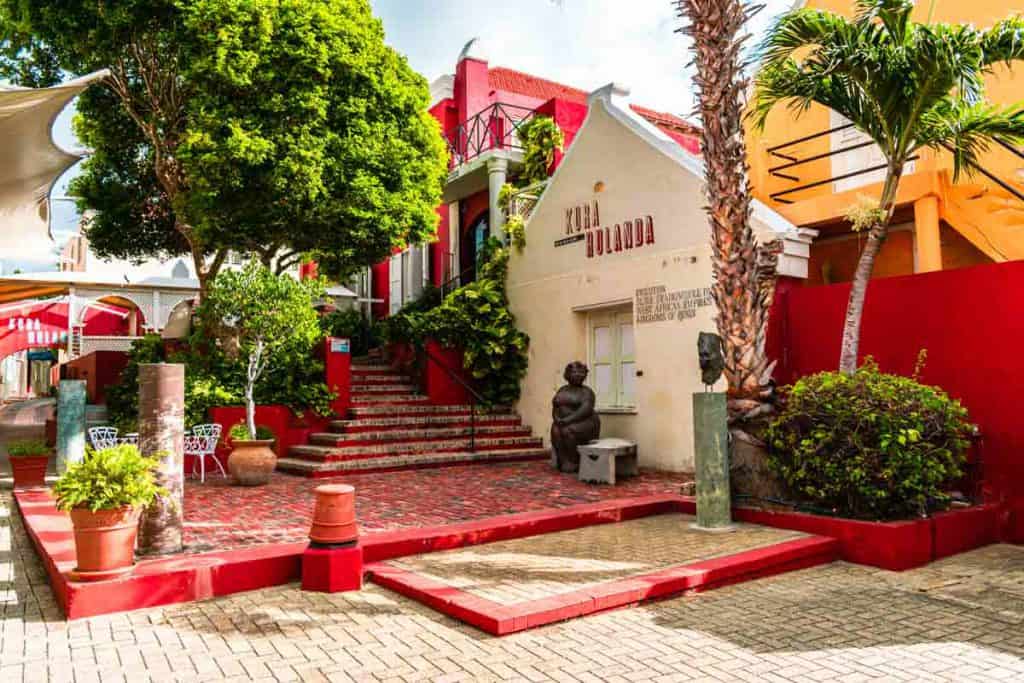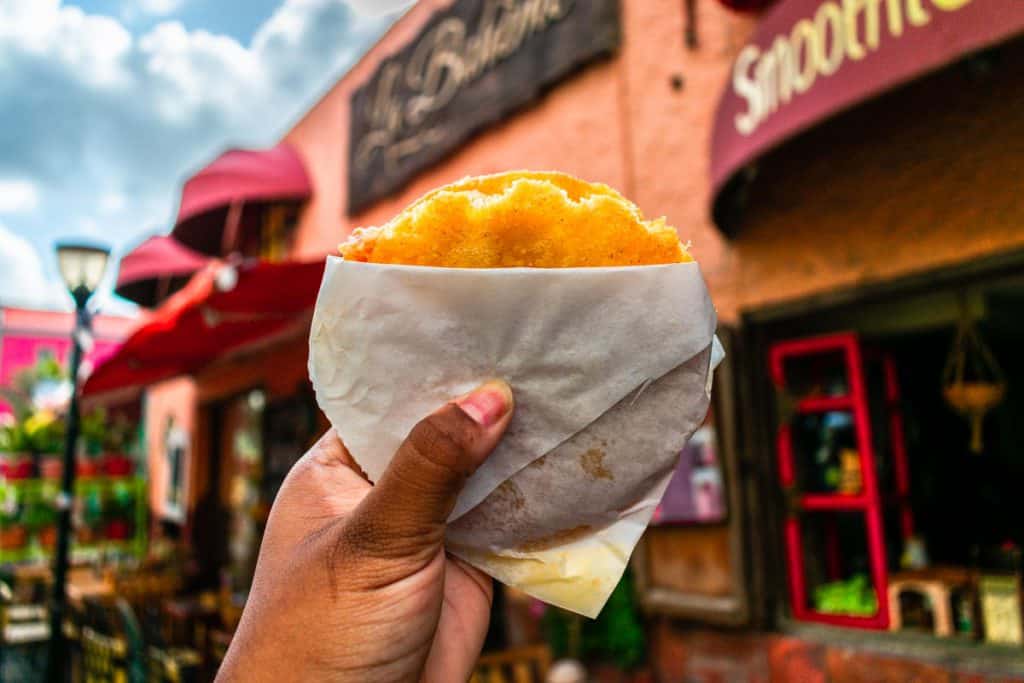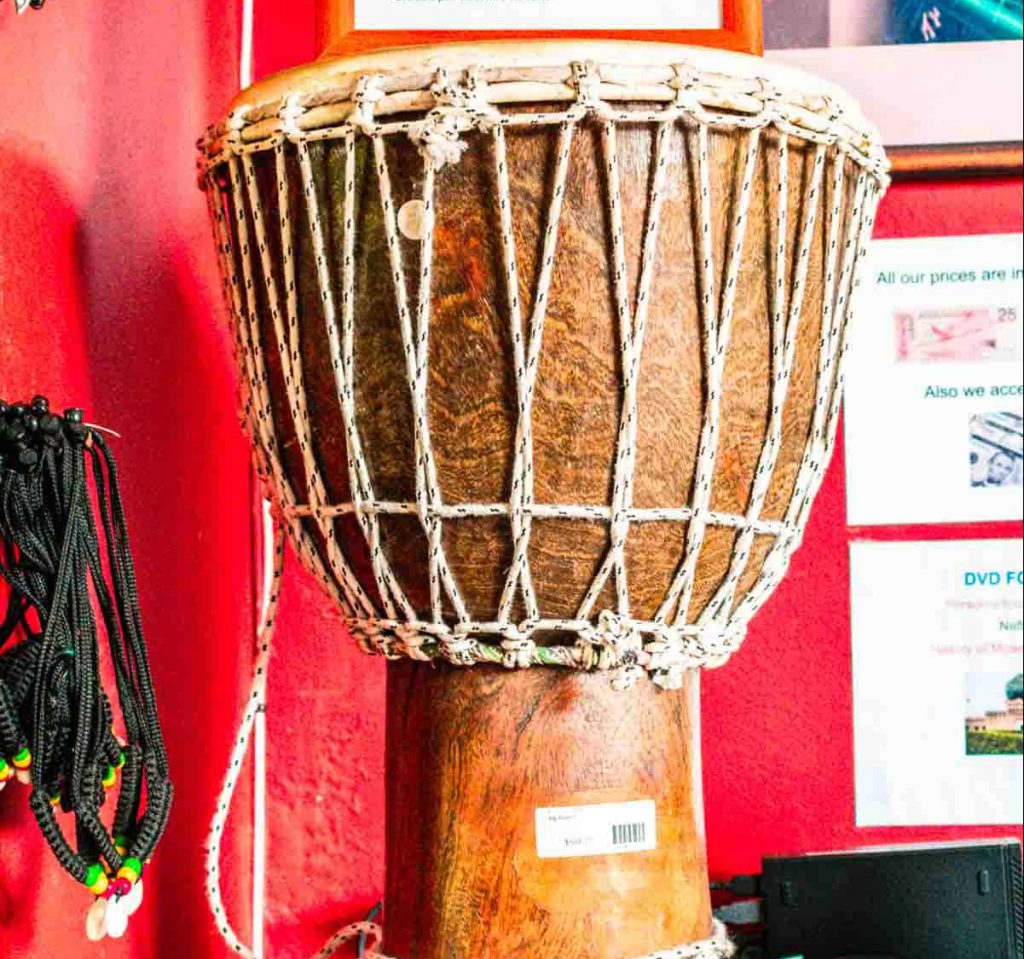Curaçao is a melting pot of different nationalities. All who influenced Curaçao’s culture in their own way. The presence of foreign nations was so pertinent in the local culture that even the flag of Curaçao reflects this. You can see the influences of the local culture in the language, cuisine, traditions, values, religions, and pretty much any aspect that forms Curaçao’s culture. To appreciate and understand Curaçao, when visiting, you must know which nations and their traditions that reached the island and remained engraved in its day-to-day.
Dutch Politics & Traditions
Perhaps the most obvious influence on Curaçao’s culture is by the Dutch nation. Curaçao is a constituent country in the Dutch Kingdom, has adopted the same political system and traditions as the Netherlands. Since we’re so closed to Latin-America, specifically Venezuela, people who hear of Curaçao for the same time often expect the country to either be part of Venezuela or have the same political climate as a Latin-American country.
While the island is not a copy-paste of life in the Netherlands, it has a lot of resemblances. The political system has influenced a lot of our relationships with other nations, our traditions, but also the way the island has been able to grow over the years compared to our neighbors in the Caribbean.
The Dutch not only brought their political system, but they also brought their food, their drinks, their festivities, and influenced our way of living our day-to-day. Now we have Dutch pancakes to enjoy and Dutch-style fries forever.
Latin-American Food
Venezuelan arepas, Dominican rice and beans, or Latin-American/Caribbean patties, are all dishes that were once brought by different nations and are not inextricably connected to Curaçao’s cuisine. It doesn’t matter what restaurant, café, or food truck you visit. You’ll always find one dish that was influenced by a Latin-American country. Take for example La Boheme in Punda offers a variation of Venezuelan arepas for visitors and locals alike.
African Heritage
As an island that was once the center stage for the slave trade, it should be no surprise the Curaçao culture has a rich African heritage. If you visit the Kura Hulanda Slavery Museum you can learn a lot about the history of it. A history that can still be seen in today’s age. The traditional music of the island, tambú, uses many instruments known in the African culture. Local crafters have also used this influence to inspire them to create beautiful jewelry that turns into special souvenirs and gifts.













